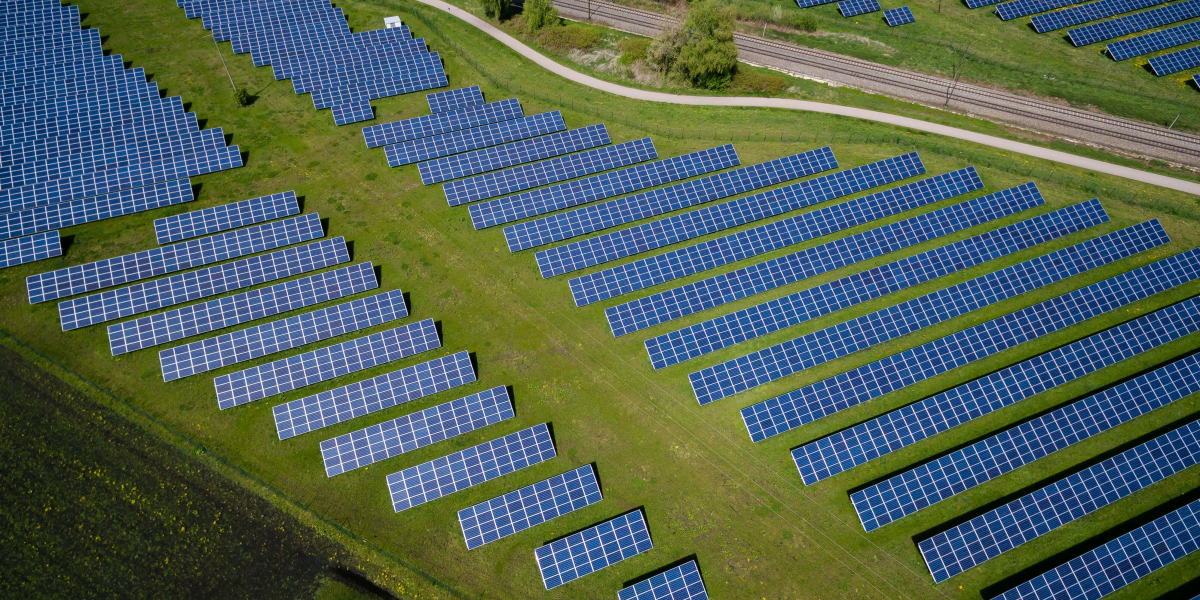
April 13, 2021
By Anik Islam
This is part of a series of blogs being released in the lead up to Budget 2021.
Canada has a program in place called the Accelerated Capital Cost Allowance (ACCA), which incents Canadian businesses to purchase cleantech. However, it is not working as well as it should, as the list of eligible technologies is too narrow. Here is how the federal government could fix the problem in Budget 2021.
Canada has committed to reduce its greenhouse gas emissions to net-zero by 2050. This transition to a net-zero economy can take many different paths. However, regardless of the pathway, what is clear is that the decarbonization effort requires adoption of cleantech - technologies that reduce environmental impact. From a business perspective, this would mean, amongst other things, increased capital expenditure on cleantech. To incentivize these investments, and in part as response to the Modified Accelerated Cost Recovery System in the US, the Government of Canada implemented an ACCA for clean energy investments in 2018. This program not only supports competitiveness, by reducing taxes, but also advances Canada’s net zero emissions agenda.
To make the program more effective, we need to understand how the existing ACCA works, what are some of the cleantech that are excluded from the program, and how they might be included.
As detailed in an SPI Policy Brief, ACCA allows companies to expense the entire purchase of a piece of cleantech immediately. Prior to 2018, the company would have to spread that expense, for tax purposes, over several years. In either case, the expense reduces the taxable profit of the company. However, by allowing companies to expense the full amount up-front, it allows them to receive the full tax benefit immediately, rather than having it spread out over several years. This improves the cash-flow of the company, creating a greater incentive to make those investments.
Currently, 19 clean energy and energy conservation technologies are eligible for ACCA and are listed under different classes of properties eligible for depreciation defined by the Canada Revenue Agency, in this case Class 43.1 and 43.2. If we classify these technologies as per Statistics Canada’s cleantech taxonomy adopted from the Survey of Environmental Goods and Services, the 19 clean technologies can be broadly categorized into energy efficiency, clean energy (solar, wind, hydro, geothermal, waste-to-energy, biofuels and bioenergy), energy storage, and smart grid support. As part of Budget 2019, the federal government extended ACCA for business investment in zero-emissions vehicles (ZEV) under three new classes of depreciable property, Class 54, 55 and 56.
Even with the inclusion of ZEVs, the list of technologies eligible for ACCA is quite narrow. They mainly include conventional, market-ready cleantech. However, even within market-ready technologies, some cleantech falls outside ACCA’s purview. For example, air sourced heat pumps are not included, even though ground source heat pumps are included. In addition, there are some new cleantech that might not be commercially utilized at present but that might be important in a net-zero future. Hydrogen powered fuel cell vehicles is one of those examples and has been clearly outlined in the Hydrogen Strategy for Canada. However, as it stands, hydrogen vehicle servicing equipment is not included in the list of ACCA eligible cleantech, even though hydrogen powered vehicles are eligible for ACCA (under Class 56) and electric vehicle charging equipment is included in the Class 43.1/43.2 list.
The above examples clearly show that updating the list of technologies is important. Nevertheless, it is challenging to do so in practice. Each time a technology is added, it requires changes to the Income Tax Act regulations and addition of a different class of depreciable property. This is a slow, cumbersome process. It may also be one of the reasons why some important low-carbon clean technologies are not on the Class 43.1/43.2 list.
Therefore, Canada needs a new process to modernize the list of clean technologies eligible for ACCA. To address the gaps, the federal government could do the following:
1. Identify significant cleantech that should be included in the list immediately.
2. Create an expedited process which allows cleantech manufacturers or buyers to apply, based on pre-established criteria, and let their products be eligible for ACCA. Notably, there is precedent for this approach as a similar process was adopted to determine Qualified Canadian Journalism Organization, which are eligible for Canadian Journalism tax credits.
3. Appoint an expert advisory group to advise on these steps, both adding new technologies and developing criteria.
Regardless of the selection process and list of eligible technologies, two factors need to be carefully considered. First, the selection process needs to be agile, as delays and uncertainties can deter much needed cleantech investments. Second, the list of cleantech needs to be consistent across the board for other types of tax incentives that may be utilized such as Corporate Income Tax cuts, Investment Tax Credits, and Production Tax Credits.
Budget 2021 provides the opportunity to consider these recommendations, make changes to allow more cleantech to be eligible for ACCA, assist businesses with their adoption of cleantech, and move closer to the net-zero emissions target.